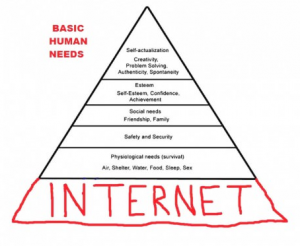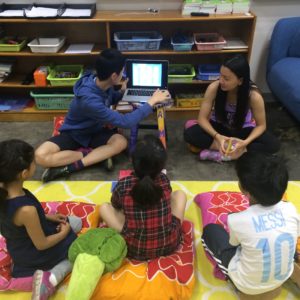This post originally appeared on Choices.Scholastic.com
With a new school year about to start, teachers and students are rested and full of energy, ready to take on whatever exciting challenges the year has to offer.
Here are five ways to make this year a memorable one for you and your students.
1. Switch to project-based learning.
Project-based learning (PBL) is a great fit for health classes, since the flexible standards allow us to adapt our curriculum to students’ needs and concerns. The health curriculum changes rapidly, so having students do research online, rather than in a textbook, helps them develop modern health literacy skills while also keeping them engaged and up to date.
If you’re strapped for instruction time—as many health teachers are—you can also consider teaming up with another subject to facilitate some cross-curricular learning.
Here are some projects that are all set and ready to go, complete with multimedia resources, instruction sheets, rubrics, and more. They are aligned with the National Health Education Standards and can be easily adapted for grades 6-12.
• The Blue Zones Project: Help Cultivate Happier and Healthier Student Lifestyles
• Exploring Dietary Guidelines Around the World
• Project-Based Learning to Teach Kids About E-Cigarettes
• Be a Hero: Positive Prevention to Help Stop Bullying
• Using Social Media to Teach Kids Advocacy
2. Introduce mindfulness.
This could be the year you finally start a meditation practice in the classroom! Mindfulness is being used in schools all over the world as a way to teach kids to be more calm, compassionate, and self-aware.
Here’s a post full of resources that can help you get the ball rolling and convince even the most skeptical of students and administration that you haven’t completely lost your mind: Getting a Classroom Meditation Practice Started
3. Bring in outside experts.
Arrange a visit with any community member from the health and wellness profession. Our seventh graders had a blast last semester when we brought in a Zumba instructor. Our school’s health department has also invited yoga teachers, athletic trainers, and even chefs.
These guests will often come in for free as a way of giving back or spreading the word about their business. Either way, it’s a nice way to break up instruction while exposing the kids to different hobbies and careers.
4. Find new ways to utilize technology.
Rather than making the same old posters, push students to take their advocacy to the next level. The other health teachers and I have been having kids use free, easy-to-use programs that let them create their own infographics. The projects look professionally done, and they enable us to spread health messages to our community in a much more powerful way.
Project: Create your Own Infographic
5. Let students determine the lesson.
There have been times when we’ve scrapped the original lesson plan to accommodate student concern. The kids have brought up health concerns in our community, and we’ve worked collaboratively with them to create projects that truly made a difference.
Here are two examples:
• Setting a Tech Curfew & the Amazing Benefits of Sleep
• Inspiring Kids to Advocate for Healthier School Lunches
When you allow students to pick relevant topics, you spark a passion for advocacy while giving them a chance to practice skills needed for health literacy. Plus, it makes class more fun, which is key when it comes to memorable learning.





